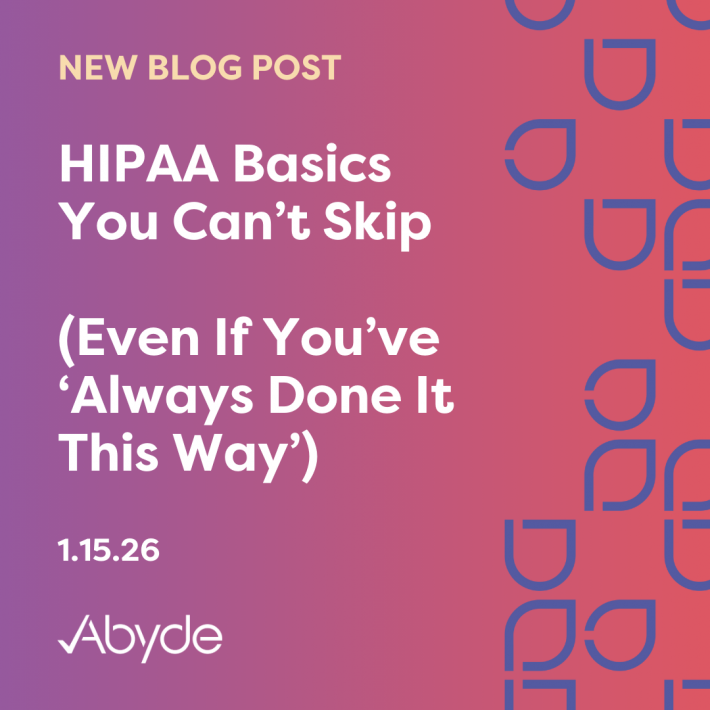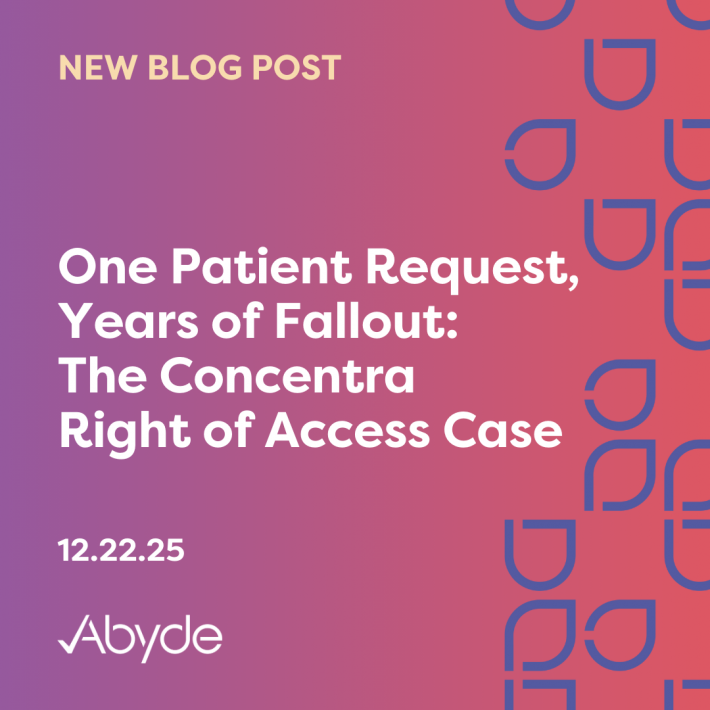June 21, 2021
Imagine if each sport didn’t have its own set of rules – we’d have baseball players tackling each other in the outfield and hockey players kicking the puck down the ice in front of a stadium full of confused fans with not a clue as to what they’re supposed to be cheering for. These unique sets of guidelines tailored specifically to each sport enable athletes to excel and spectators to appreciate what they’re watching. Without them, the games wouldn’t make much sense. So while the excitement of HIPAA is nowhere near anything you might find in a sports arena, having a rulebook specific to your organization is essential to ensuring patients’ sensitive information is being handled properly and HIPAA requirements are being upheld.
HIPAA law came into play back in 1996 to set a national standard for how protected health information (PHI) should be handled and protected. Part of its requirements include the implementation of reasonable and appropriate policies to comply with these standards, but what exactly does reasonable and appropriate mean? Essentially, your organization is required to have policies and procedures in place to set expectations for how PHI should be handled as well as guide daily work operations and ensure consistency in patient care. But just as the specific rules differ for a game of football versus tennis, a small eye care facility has different expectations and work operations than a large hospital would – and therefore requires its own unique HIPAA rulebook.
What Do These Documents Include?
For any HIPAA fanatics out there, you might already be familiar with the Security Rule’s provisions around the administrative, technical and physical safeguards necessary for protecting PHI which cover a wide range of requirements like completing a Security Risk Analysis (SRA), implementing facility access controls and maintaining up to date asset logs. So in looking at the documentation requirements, your policies should outline these required safeguards as well as the standard procedures for your organization to implement these protections. While the full list of documents and their included content will vary based on your organization’s size and specialty – there are some must-have elements that each rulebook should contain, including:
- A Business Associate Agreement Policy to ensure compliance with and enforcement of PHI security, use, and disclosure with third-party vendors.
- A proper Notice of Privacy Practices to inform patients of their privacy rights under HIPAA.
- A Breach Notification Policy to identify the next steps to take in case of a data breach.
- A Patient Consent Form Policy to detail why it’s important to receive permission from a patient before using or sharing their PHI and the physical Authorization Form to document their approval.
- A Disaster Recovery Plan to document the procedures necessary to protect and recover your practices PHI in the event of a disaster including your employees’ responsibilities and emergency contact information for critical vendors.
- Electronic Data Disposal Policy to outline the proper methods to dispose of PHI and ePHI.
- Employee Termination Policy to ensure proper procedures are followed when offboarding a staff member.
- Patients Health Data Request Policy to detail the timeframe and procedure your practice must follow when responding to authorized patient PHI requests.
- Security Awareness and Training Policy documenting that all employees must be properly trained on HIPAA requirements as well as your practices’ specific policies and procedures on a continual basis.
How Should These Policies & Procedures be Implemented?
While the list provided above is definitely extensive and probably brings along an image of an overflowing HIPAA manual, it’s only a sample size of all the policies and procedures that your organization could potentially need to implement. And while yes, you can find templates for the majority of these policies online and even some directly on the HHS website, they lack an especially important element to the HIPAA requirement – customization. The latest HIPAA Industry Audit Report uncovered widespread non-compliance for the policy and procedure requirement – a major red flag being the common usage of “template policy manuals that contain no evidence of entity-specific review or revision and no evidence of implementation” (their words not ours). This lack of entity-specific evidence came as a result of organizations not including details like their practice name and HIPAA Compliance Officer (HCO) contact information within each policy document – which are important elements of actually fulfilling this requirement.
In addition to providing specific details about your organization itself, another piece to the “customization” requirement is taking into consideration certain state laws that might take precedence over HIPAA. It’s important to ensure that policies including things like breach reporting and responding to record requests meet the most stringent timeframes and requirements that apply to where your facility is located.
So in order to meet this important HIPAA standard, the ball is truly in your court. As new opponents like legislative changes, technology advancements, and evolving patient needs require adjustments in your organizations’ operations – your policies and procedures must reflect these updates accordingly. But having the proper documentation and specific content included isn’t all that’s needed to make the cut. Providing employee training on a continual basis is essential to getting staff members up to speed on how they should be running the plays and ensuring that PHI is being handled correctly within your practice. So when it comes to developing a winning HIPAA strategy, having a comprehensive set of properly documented policies and procedures that are understood and followed by everyone within the organization is the best way to stay in the HIPAA compliance game.





